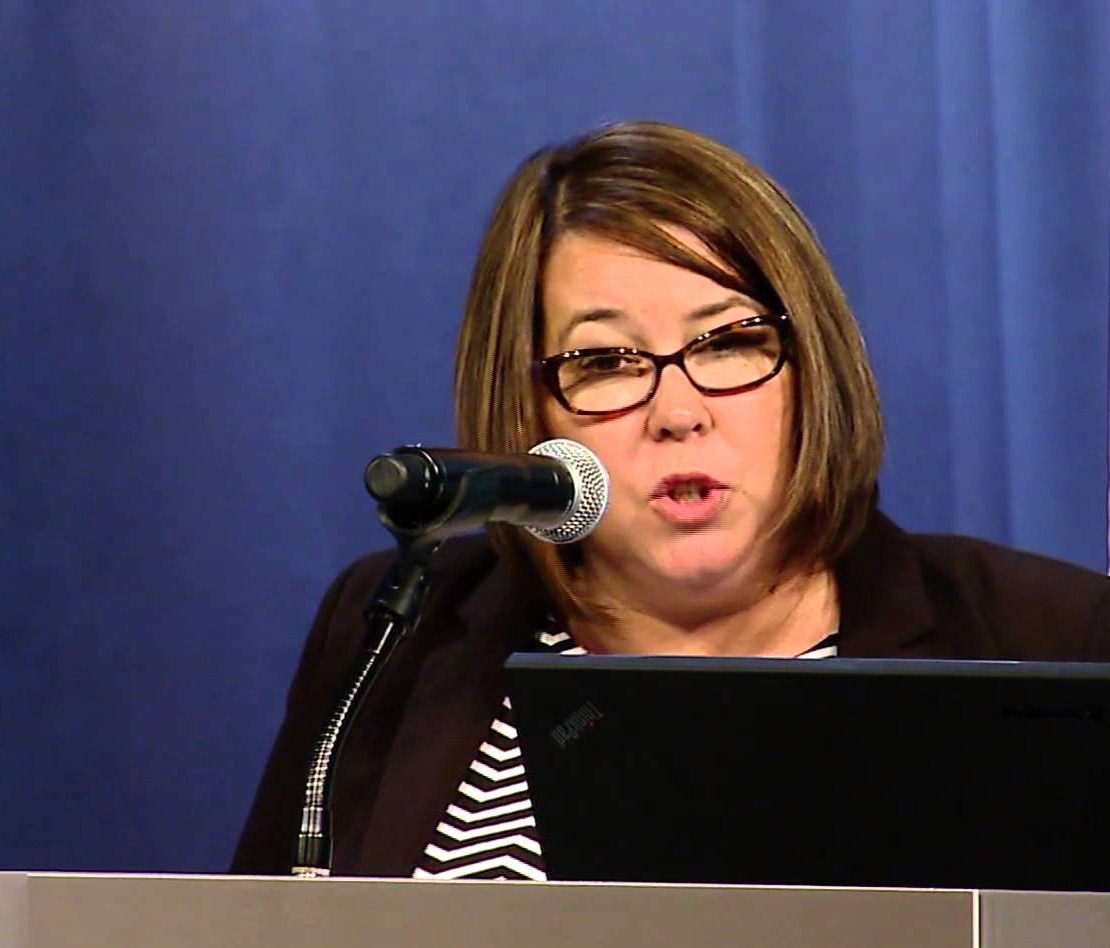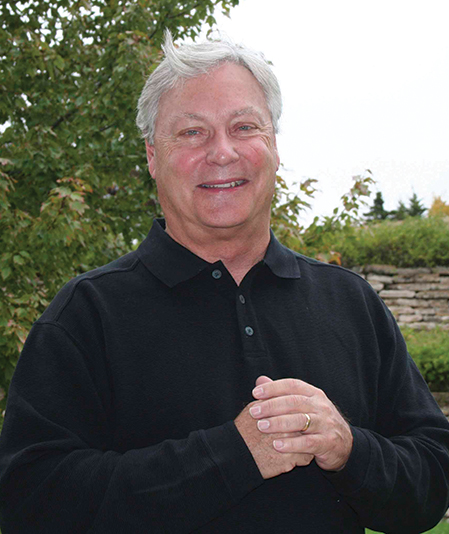
Think pumpkins are only good for Halloween decorations? Think again! Pumpkins offer far more than seasonal decor. They are a delicious source of vitamins, minerals and great flavor. Consider preserving uncarved pumpkins for future recipes before a solid freeze reduces them to front-yard mush.
This is also the prime time to buy pumpkins at seasonal prices. For best preserved quality, look for sugar or pie pumpkins– better for cooking and baking– rather than the big jack-o-lantern pumpkins which produce a paler and more watery product.
Here are some ideas for preserving pumpkin from USDA and the National Center for Home Food Preservation:
1. Freeze- Rather Than Can- Pureed Pumpkin. Food preservation enthusiasts are advised to freeze, rather than can, mashed or pureed pumpkin and pumpkin butter. Home canning is NOT recommended for pumpkin butter or any mashed or pureed pumpkin due to the density and slow heat penetration of the thick puree. The only recommended directions from USDA for canning pumpkin (and any other winter squash) are for cubed pumpkin. In fact, the directions for preparing the product include the statement, “Caution: Do not mash or puree.”
2. Canning Cubed Pumpkin. Only pressure canning methods are recommended for canning cubed pumpkin. Pumpkins are low-acid vegetables capable of supporting growth of Clostridium botulinum bacteria that can cause serious foodborne illness (botulism) and death. To be safe, all low acid foods, including pumpkin, must be canned using tested pressure canning processes.
An average of 16 pounds of pumpkin is needed per canner load of 7 quarts; an average of 10 pounds is needed per canner load of 9 pints. Small size pumpkins (sugar or pie varieties) make better products. Wash; remove seeds, cut into 1-inch-wide slices, and peel. Cut flesh into 1-inch cubes. Boil 2 minutes in water. Caution: Do not mash or puree. Fill jars with hot cubes and cover with cooking liquid, leaving 1-inch headspace. Adjust lids and process following USDA recommendations at www.homefoodpreservation.com/how/can_04/pumpkin_winter_squash.html. At most Ellis County altitudes, process pints of cubed pumpkin 55 minutes at 12 pounds pressure; quarts are processed 90 minutes.
3. Freezing Pumpkin. Freezing is the easiest way to preserve pumpkin, and it yields the best quality product. Wash, cut into cooking-size sections and remove seeds. Cook until soft in boiling water, in steam, in a pressure cooker, or in an oven. Cool until able to handle. Remove pulp from rind and mash or puree. Pack into rigid containers leaving headspace, and freeze.
4. Pumpkin Preserves. Most fruits have natural acids so resulting sweet spreads can be safely canned in a boiling water bath process. Pumpkin, however, is a low acid vegetable and cannot be safely canned in the boiling water bath process. Consequently, USDA does NOT offer recommendations for safely canning pumpkin preserves (jams, jellies, conserves, or pumpkin butter) and storing them at room temperature. These pumpkin products must be stored in the refrigerator or freezer and treated the same as fresh pumpkin products.
5. Think Safety. Think safety when planning to preserve pumpkins. As a low acid vegetable, pumpkin requires special attention for preparation and processing. Use excellent sanitation in handling the fresh or preserved pumpkin. Do not let cut pumpkin sit out at room temperature for more than 2 hours during preparation. Preserve following only approved USDA guidelines.
For more information and step-by-step directions for preserving pumpkin, call the Ellis County Extension Office at 785-628-9430 and ask for the Extension publication “Preserve It Fresh, Preserve it Safe- Vegetables” or download from the K-State Research and Extension Bookstore at www.bookstore.ksre.ksu.edu. Use the search function to locate Extension publications of interest.
Linda K. Beech is Ellis County Extension Agent for Family and Consumer Sciences.





















